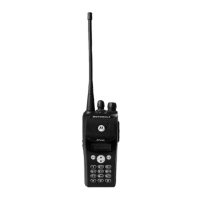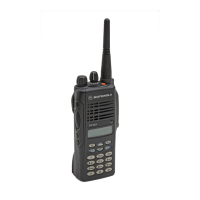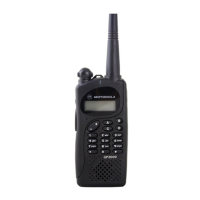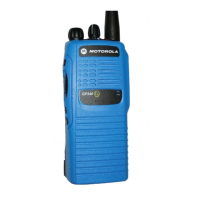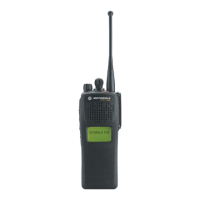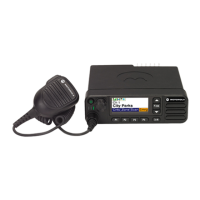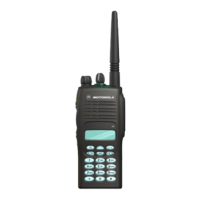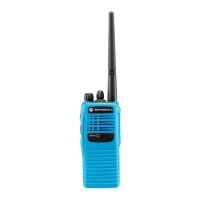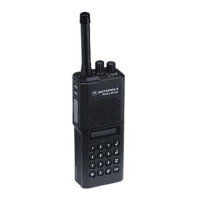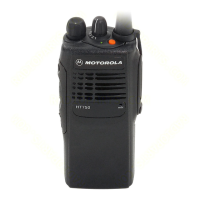Chapter 2
Radio Care
This section describes the basic handling precaution of the radio.
Table 2: IP Specification
IP Specification Description
IP67 Allows your radio to withstand adverse field conditions such as
being submersed in water between 15 cm and 1 m for 30 mi-
nutes or dust tight for 2–8 hours.
• If your radio has been submersed in water, shake your radio well to remove any water that may be
trapped inside the speaker grille and microphone port. Trapped water could cause decreased audio
performance.
•
If your radio's battery contact area has been exposed to water, clean and dry battery contacts
on both your radio and the battery before attaching the battery to radio. The residual water could
short-circuit the radio.
• If your radio has been submersed in a corrosive substance (for example, saltwater), rinse radio and
battery in fresh water then dry radio and battery.
• To clean the exterior surfaces of your radio, use a diluted solution of mild dishwashing detergent
and fresh water (for example, one teaspoon of detergent to one gallon of water).
• Never poke the vent (hole) located on the radio chassis below the battery contact. This vent allows
for pressure equalization in the radio. Doing so may create a leak path into radio and your radio's
submersibility may be lost.
• Never obstruct or cover the vent, even with a label.
• Ensure that no oily substances come in contact with the vent.
• Your radio with antenna attached properly is designed to be submersible to a maximum depth of 1
m (3.28 ft) and a maximum submersion time of 30 minutes. Exceeding either maximum limit or use
without antenna may result in damage to your radio.
• When cleaning your radio, do not use a high-pressure jet spray on radio as this will exceed the 1 m
depth pressure and may cause water to leak into your radio.
MN009326A01-AA
Chapter 2 : Radio Care
14
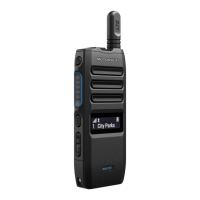
